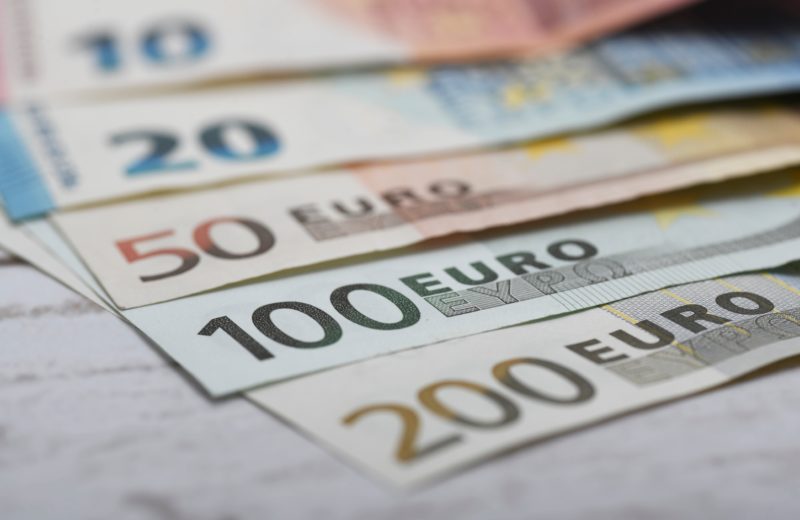Behind market fears about the prospect of a historic default by the current US administration, analysts are increasingly discussing the risks that will follow after reaching an agreement on the new US debt ceiling.
Many on Wall Street predict lawmakers will eventually reach a deal, possibly averting a devastating debt default, even if it ends. But that doesn’t mean the economy will escape unscathed, not only from the bruising shutdown but also from the Treasury’s efforts to get back to business as usual when it can increase borrowing.
Ari Bergmann, whose firm specializes in risk asset management, commented to Bloomberg that investors should protect themselves from the consequences of the expected resolution in Washington.
The market veteran means that the Treasury will have to struggle to replenish its dwindling cash reserves to maintain its ability to pay its obligations and will do so “through a deluge of Treasury bill sales.”
Estimated at more than a trillion dollars by the end of the third quarter, a surge in supply of these bonds would quickly drain liquidity from the banking sector, raise short-term funding rates and tighten the screws on the US economy just as it teeters on the brink of recession. Bank of America estimates that raising interest rates by a quarter of a point would have the same economic impact.
Higher borrowing costs following the Federal Reserve’s most aggressive tightening cycle in decades have already taken a toll on some firms and are slowly slowing economic growth.
In this context, Bergman is particularly cautious about a possible move by the Treasury to restore cash reserves, seeing the potential for a huge reduction in bank reserves.















